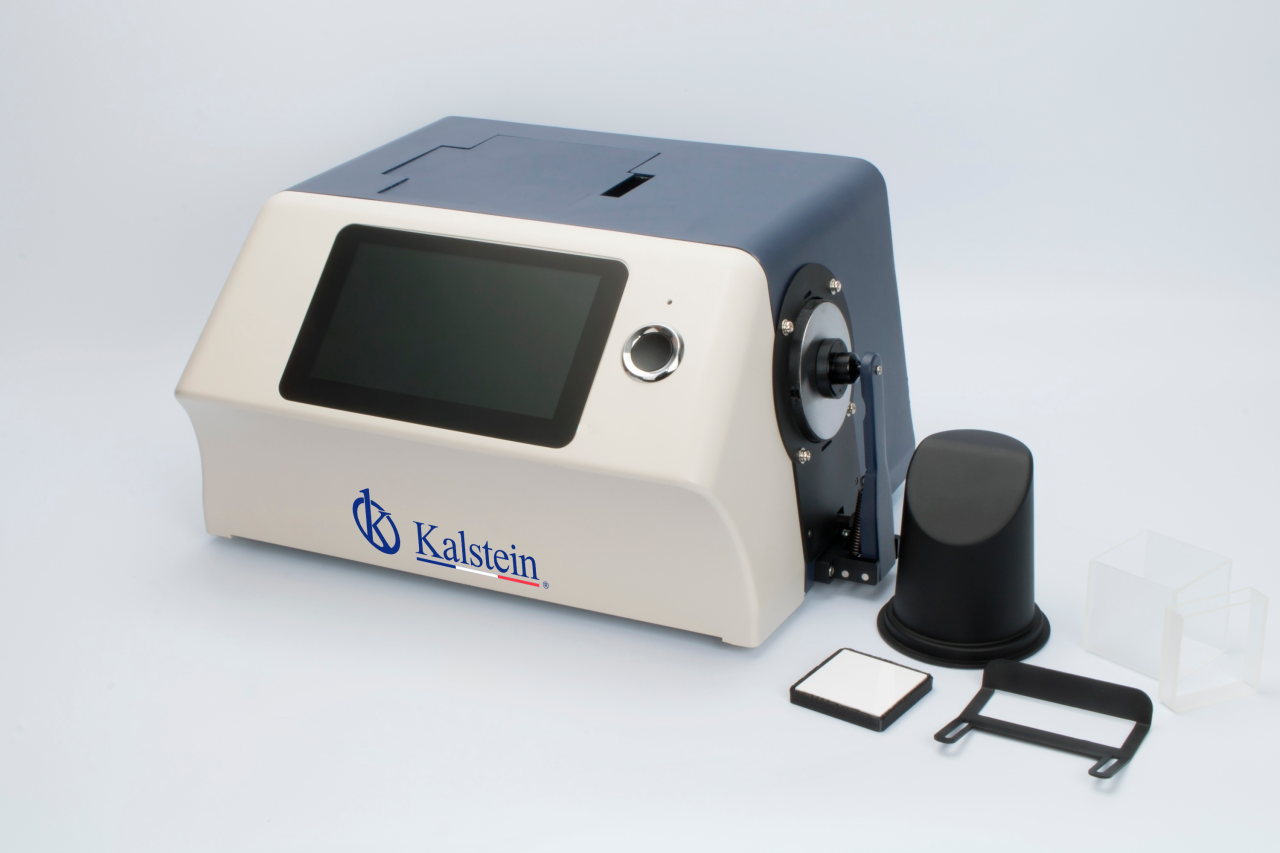Food that reaches the consumer has already gone through a journey from the producer, packaging, distribution and placing on the shelf. During this process, food is exposed to foreign agents. These impurities are called contaminants, which can become harmful to people’s health, or damage the product causing loss of money. Its origin is diverse and contamination can occur at any stage.
The regulations governing the processes associated with the raw material, production, processing, packaging, packaging, transport, distribution and sale of the final product, seek to take extreme precautions. However, this is not a guarantee that the food that I got into the hands of the consumer is free of contaminants.
Types of Contamination in Food
Contamination by impurities in food can be of different types, and are classified according to their origin:
- Biological contamination: comes from living things, can be microscopic and non-microscopic. These are caused by bacteria, fungi, viruses, and parasites.
- Physical contamination: is when there is an object in the food that should not be there. These can be metal fragments of tools or equipment, pieces of bone or wood, or any material involved in the production of the product.
- Chemical contamination: occurs by the presence of chemical agents that can be harmful to the consumer. It can be due to natural causes (toxic fish or vegetables), environmental (hydrocarbons, heavy metals), agricultural products (pesticides, pesticides), molecular migration of other materials (by packaging).
- Genetic modification may also pose a risk of contamination.
Advantages of spectrophotometry as a food analysis method
This technique is based on the measurement of the amount of light absorbed by a substance having been affected by a wavelength and is highlighted by the following:
- It is versatile, shows richness and diversity in approaches and analysis techniques. This is becoming the preferred method for studies and evaluations of biochemical, chemical and physical properties of different products.
- The technology is still in development, in the last decade spectrophotometric methods have been driven by the growing awareness of nutritional problems and the impact they have on consumer health.
- The motivation for its use in food science is because it facilitates the identification and testing of properties in various organic mixtures that include food products and ingredients.
- It is economical, simple, practical and offers technological tools for the treatment and analysis of the results. Spectrophotometric analyzers are used for products such as wine, beer, oils, cereals, fruits, milk, chocolate, cheese, grains, among others.
The Spectrophotometer
The spectrophotometer is an optical analysis instrument that allows the measurement of the complete absorption spectrum of a substance. The amount of light absorbed or transmitted is proportional to the concentration of the material. In general, the equipment consists of a light source, a focusing device, a light filter, an absorption cell or bucket, a photodetector and a display device.Different wavelengths provide different information about the composition of a particular species.
Types of spectrophotometric methods
Spectrophotometric methods vary depending on the range of the working spectrum and some of its applications: HERE
- Visible spectrum: as its name says, this equipment works in the visible light range. It allows us to analyze, capture and evaluate colors in food.
- UV spectrum: operates in the range of 600 – 1100 nm. It is used for evaluation in soft drinks and bottled drinks, measurement of contaminants for agricultural use, compositional analysis in pasteurized juices, milk and cheese.
- Infrared spectrum: Works with higher wavelengths, up to 1700 nm, can be used in three spectra: near, middle and far. This technique is used to analyze meat samples of chicken, red meat, and fish.
At KALSTEIN we are MANUFACTURERS, we have a variety of measuring instruments. We offer hand-held, table-top, multi-angle, portable, single- or double-beam, visible-spectrum or UV desktop spectrophotometers. Our equipment provides you with high sensitivity and diversity of technological features. For more information, PRICES, PURCHASE or SALE, visit us on our catalog HERE




